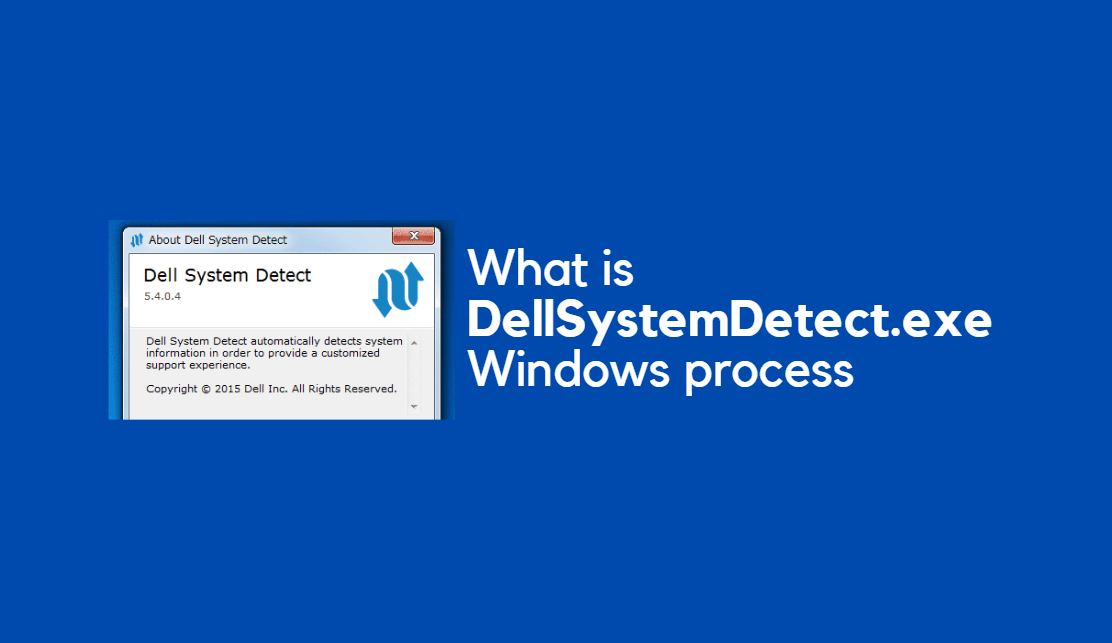Data security is the protection of corporate data and the prevention of information loss from unwanted access. Data security encompasses data encryption, tokenization, hashing, and other vital practices that secure information across all platforms.
It also ensures information is available to every employee in the company who needs access to it. Companies around the world are investing majorly in information technology data security to secure their digital data.
While cyber security has become a core issue for every company, not every cyber attack presents the same level of risk, and organizations can work to offer exceptional data protection by reinforcing their security level.
Here are common data security risks faced by companies as they try to protect sensitive data.
Accidental Exposure

Malicious attacks from cybercriminals are not the major cause of data breaches. Rather, a large number of data breaches are caused by negligent exposure of sensitive information by an organization’s employees.
According to a Shred-it report taken in 2018, 40% of company executives ascribe their recent security threats to these conducts.
While such mistakes are common, reducing the risks leading to them is vital for data protection. This problem can be mitigated through employee training and investing in data loss prevention (DLP) technology.
Phishing Emails
Phishing is a major type of social engineering that is rapidly increasing. With the use of new technology and enhanced information accessibility, these attacks are becoming more advanced, increasing the possibility of successful infiltration.
However, you can prevent cyber threats resulting from phishing by educating and training employees or with phishing simulation software.
Insider Threats

Employees who accidentally or voluntarily threaten the protection of a company’s data are called insider threats. There are three forms of insider threats:
- Non-malicious insider: These are employees that accidentally cause harm via negligence
- Malicious insiders: These are employees that purposely steal the company’s data for their personal gain
- Compromised insiders: These are employees who are unaware that an attacker breached their credentials. This attacker can then use the employee’s credentials for malicious purposes
Poor Password Choice
Using poor passwords or login credentials can lead to credential stuffing attacks — the use of stolen sensitive data to cause further attacks on an organization’s IT network. A routine password change is a simple but significant way to mitigate this threat.
Loss of Data in the Cloud

Many companies move information to the cloud to ensure easier sharing. However, data loss becomes difficult to control or prevent when data is moved to the cloud.
Employees access data in the cloud from private devices and over unsafe networks. With this, it becomes easy to share sensitive data with unwanted parties, either mistakenly or maliciously.
Ransomware
Ransomware is a threat to sensitive data in organizations of all sizes. Ransomware is a virus that corrupts company devices and enciphers data, making this data worthless without a decryption key.
Then, the cybercriminals responsible show a ransom message asking for payment in exchange for the decryption key. Nevertheless, even after paying the ransom, the data is still lost.
By accounting for these major risks and executing an integrated cybersecurity strategy, every organization can take a major step in the right direction regarding data security.





